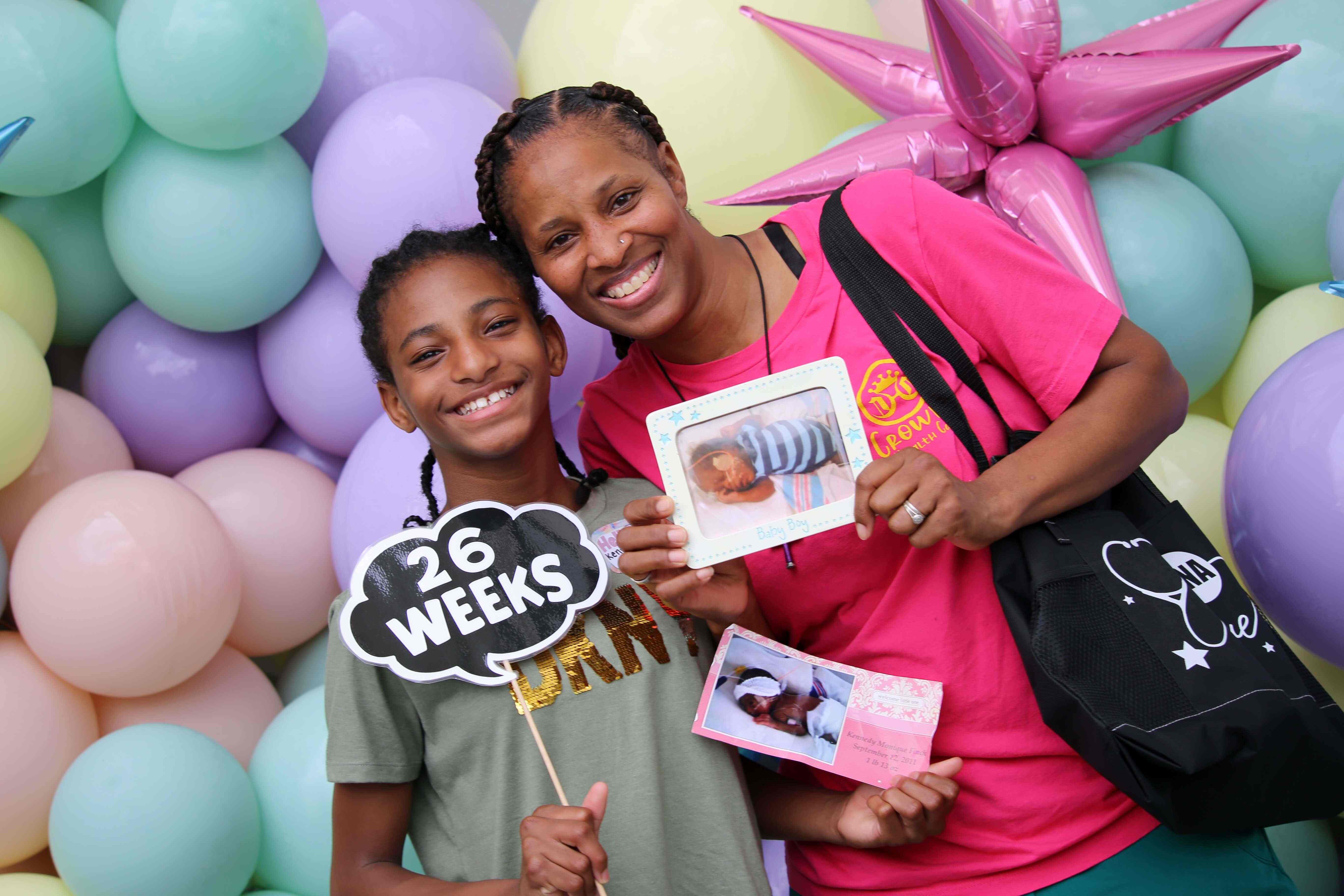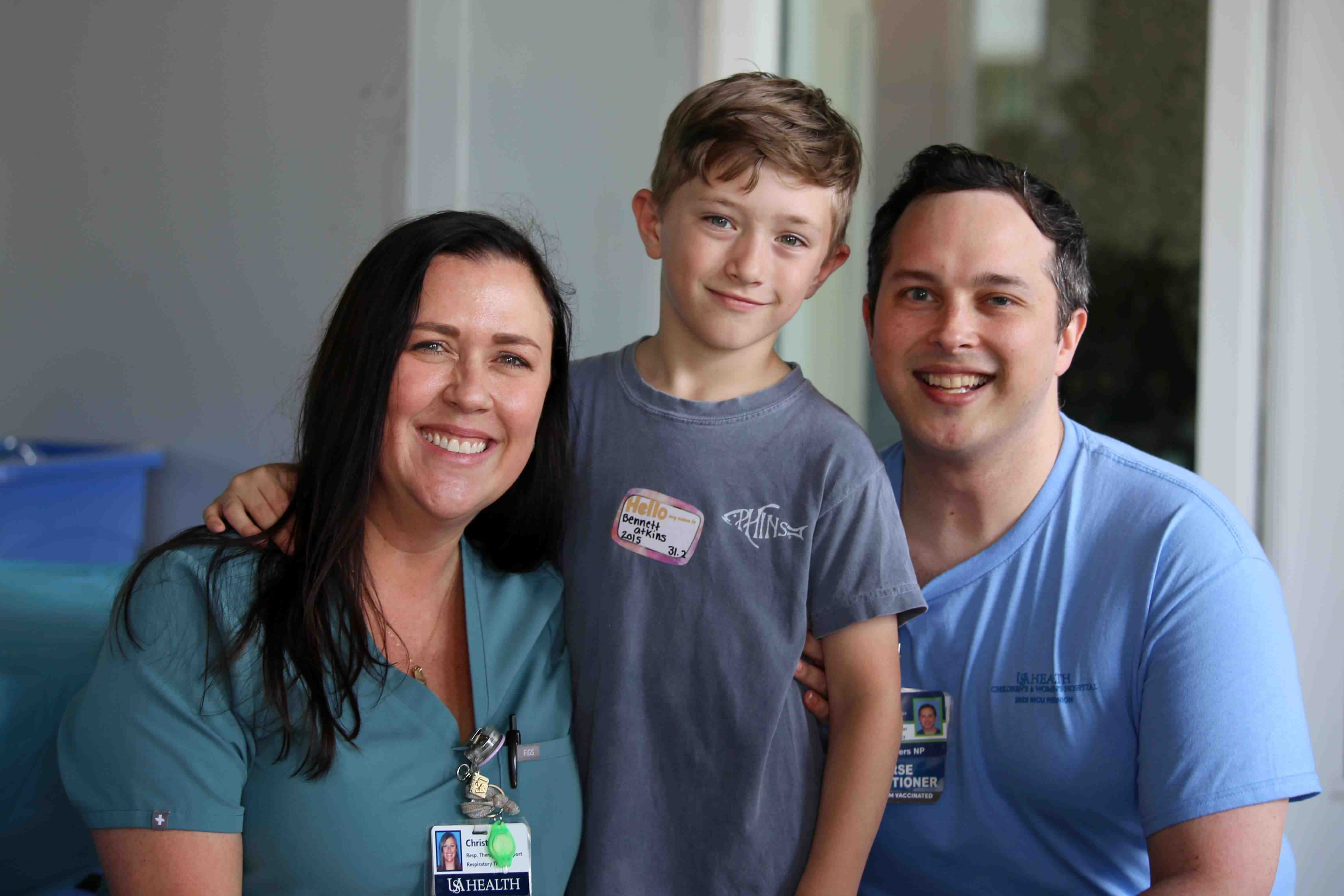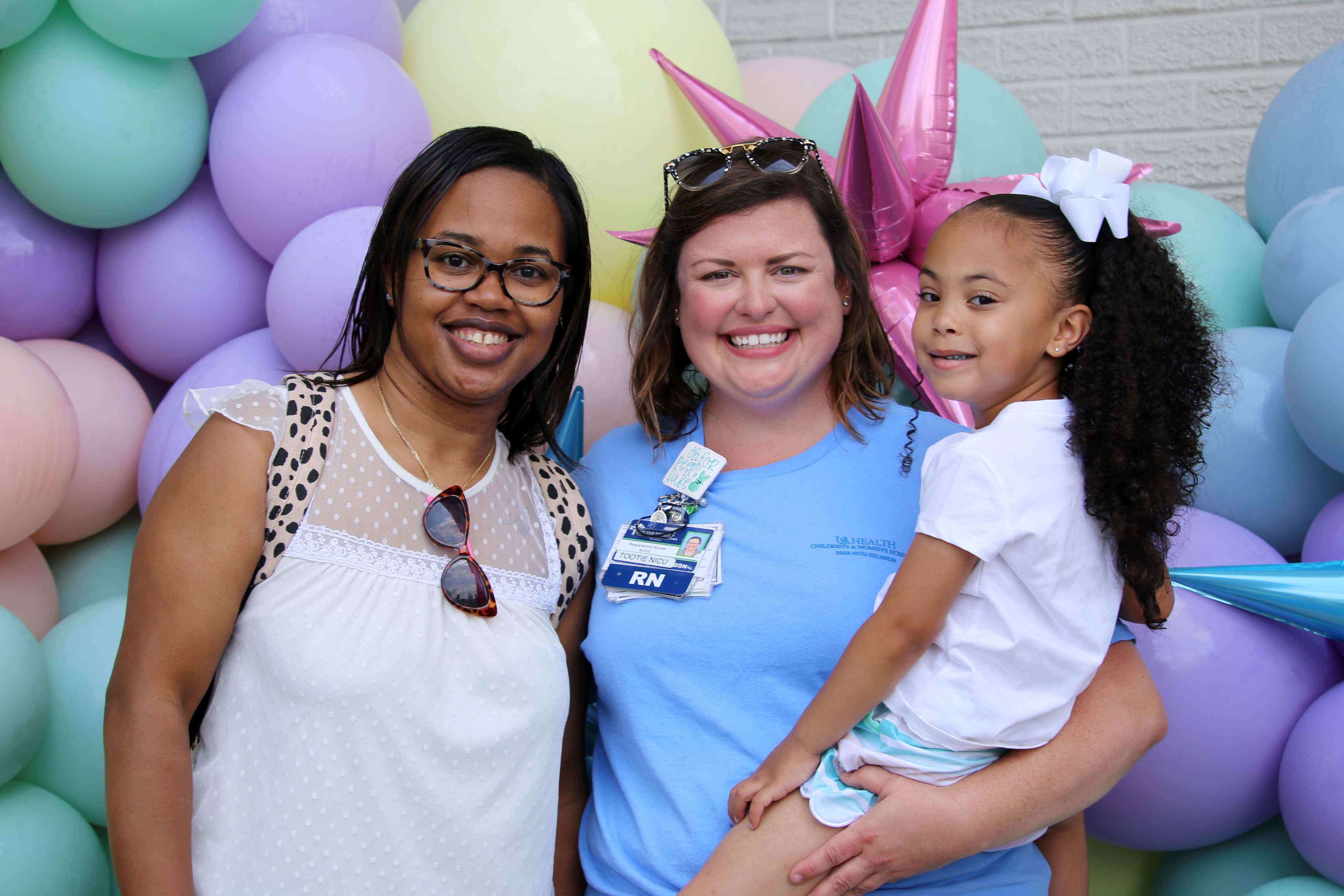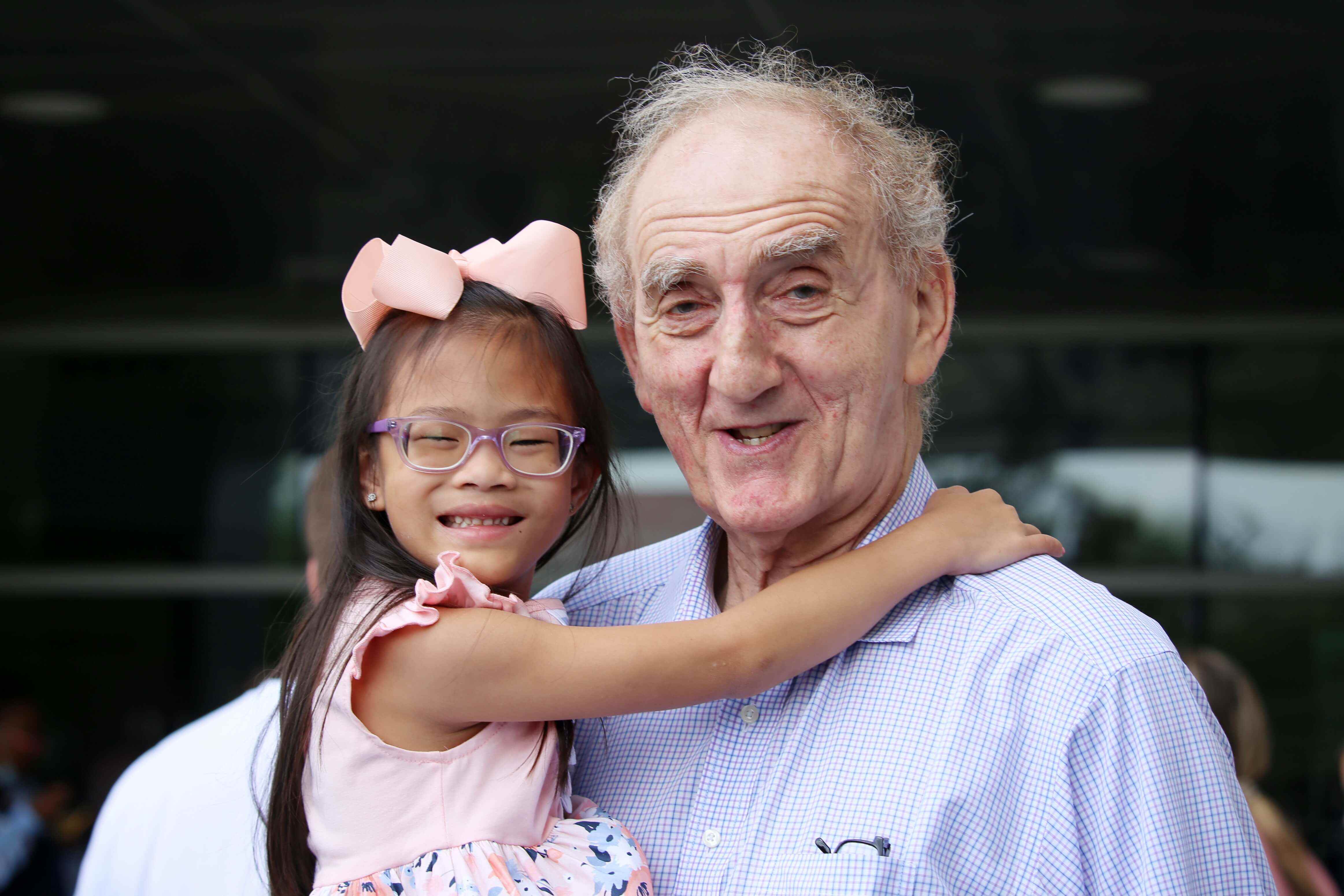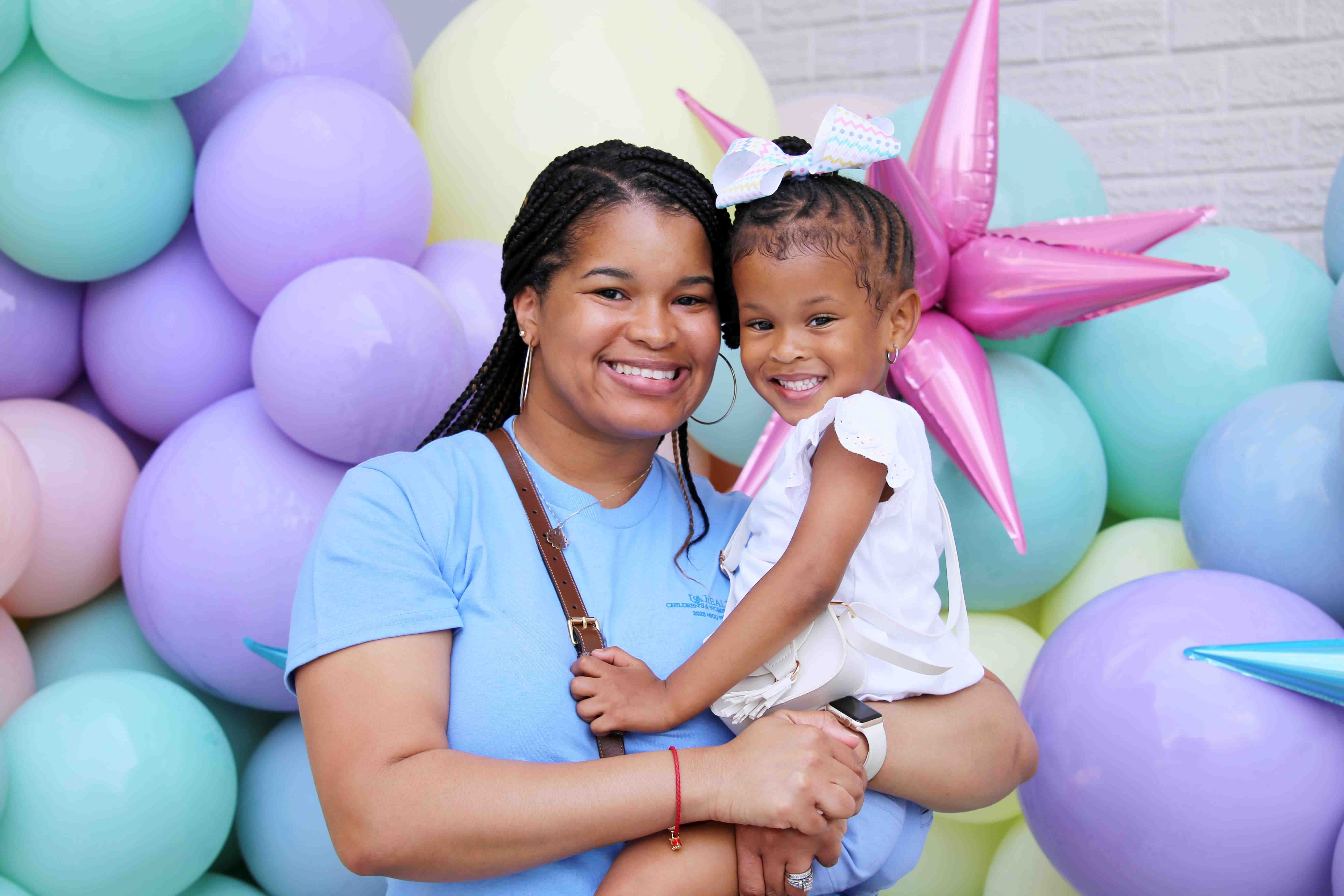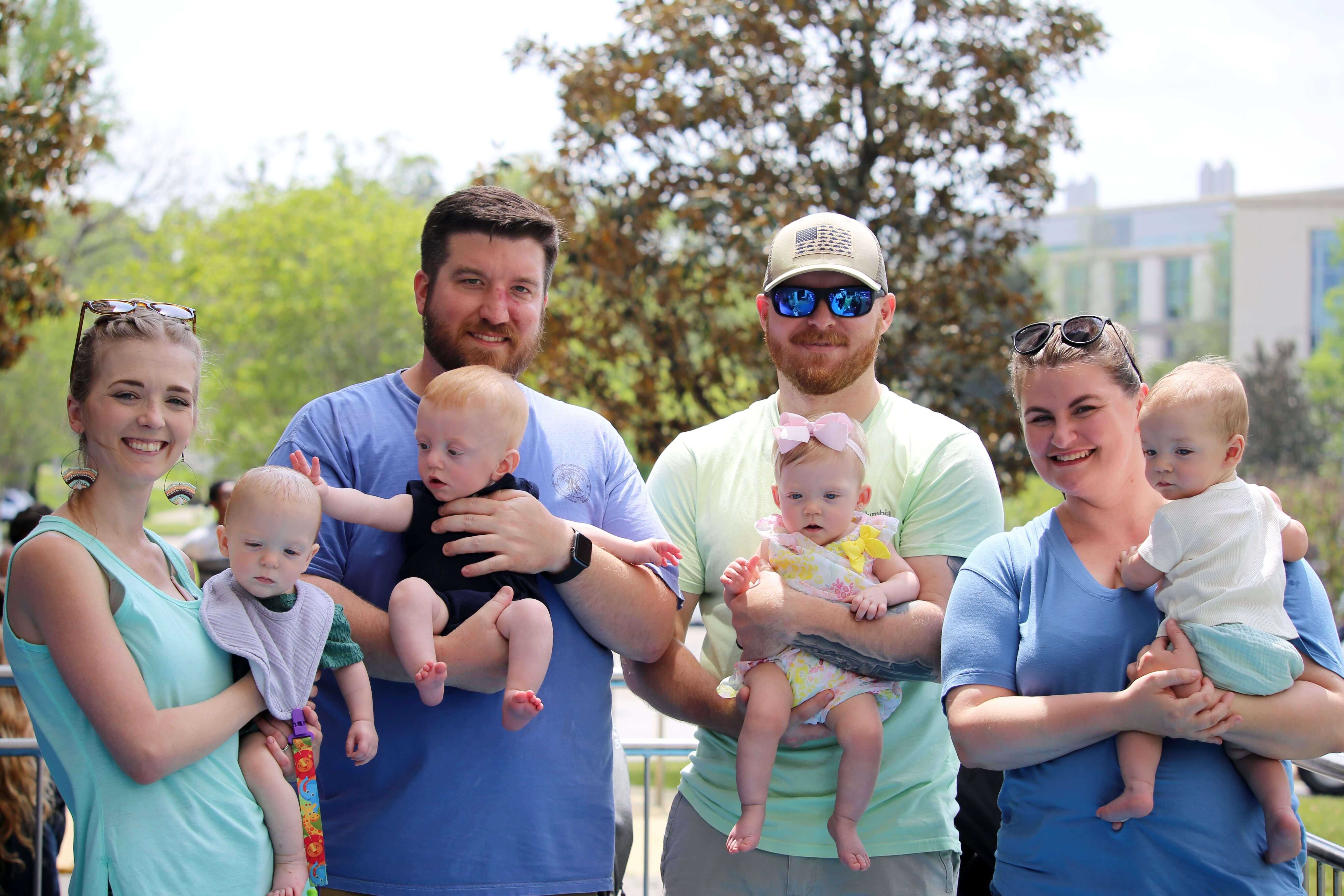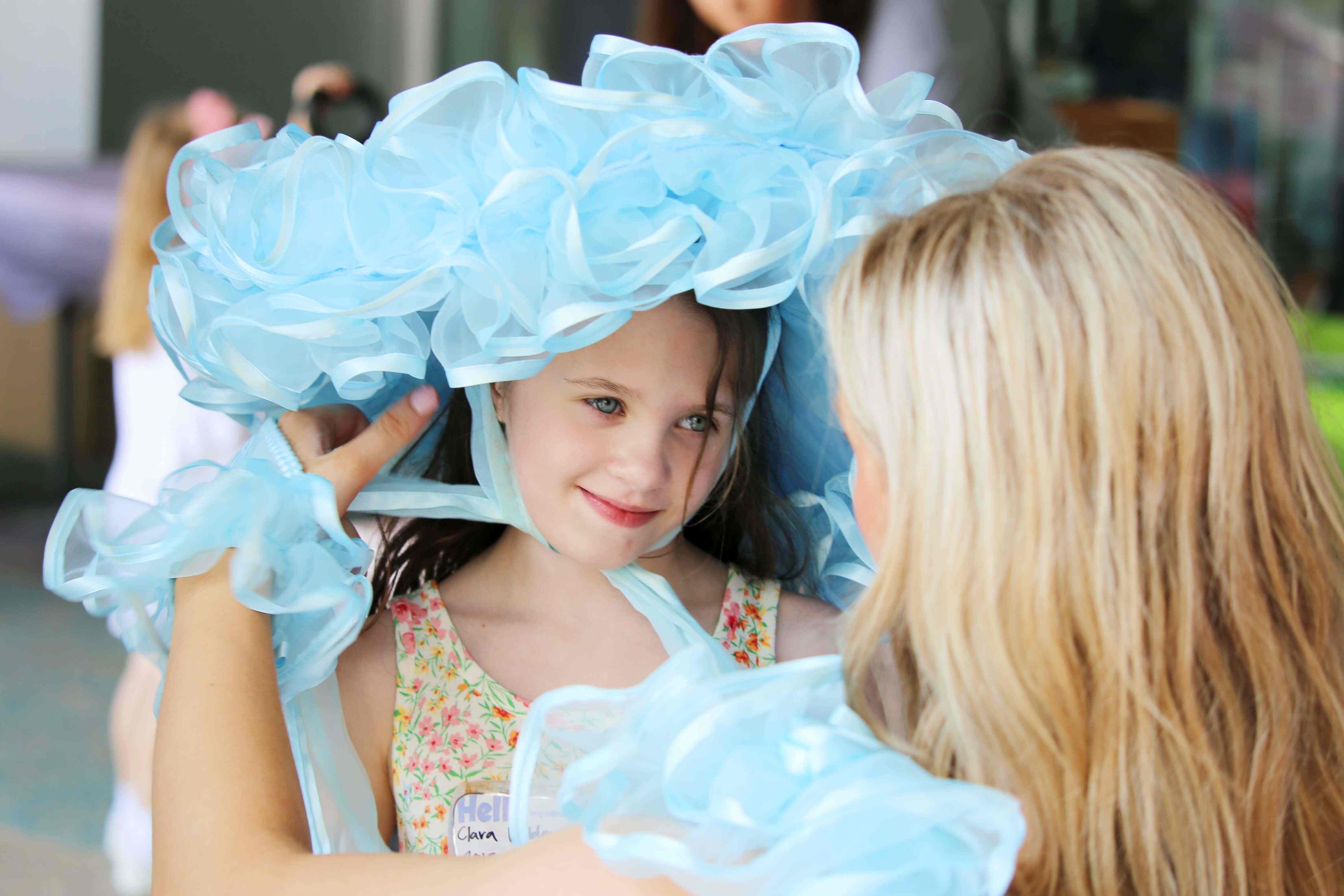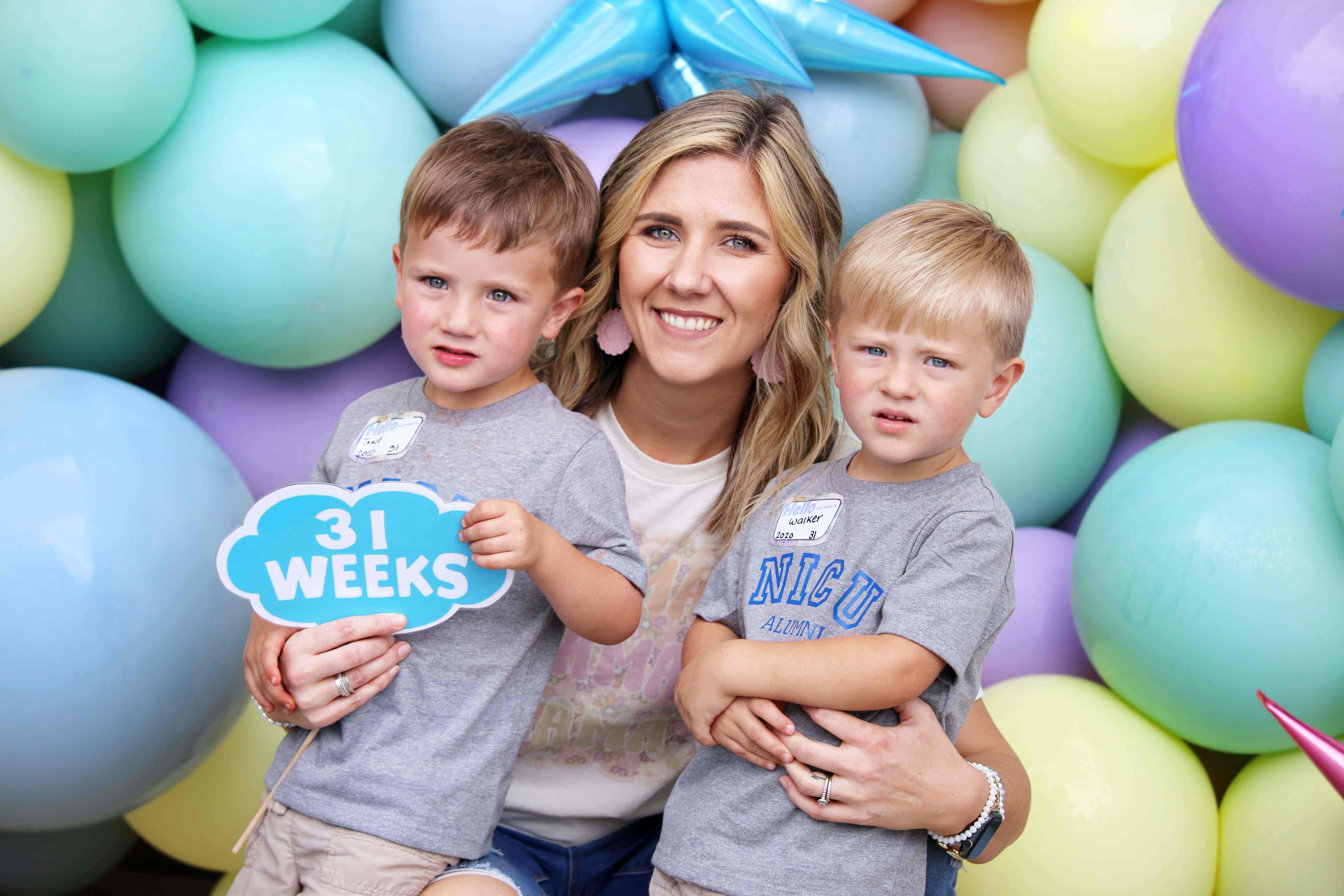
NICU graduates, families and caregivers reunite for the first time since 2019
Several hundred people attended the first NICU reunion since the start of the pandemic, to celebrate life and hope.
Some of the youngest in attendance at the USA Health Children’s & Women’s Hospital Neonatal Intensive Care Unit Reunion had overcome the greatest odds. Despite being born premature, underweight or ill, they – and their families and caregivers – had reason to celebrate on Saturday.
The first NICU Reunion since the start of the COVID-19 pandemic – and the 31st overall – reunited several hundred graduates of all ages, families who connected over their shared experience, and caregivers who never gave up. They enjoyed an afternoon of food, games, raffle drawings, a photo booth, an Easter egg hunt, the Easter Bunny, trail maids, and more before the rain arrived.
“It’s so meaningful for all of us at Children’s & Women’s Hospital to see our tiniest babies return to visit as thriving toddlers and school-age children,” said Deborah Browning, M.S.N., R.N., C.E.N.P., interim hospital administrator and chief nursing officer. “It’s a joyous event for all of us!”
Manimaran (Maran) Ramani, M.D., M.P.H., M.S.H.A., M.S.H.Q.S., division chief and medical director for the NICU, described the event as a “celebration of life and a reminder of hope.”
“The parents and staff involved in caring for a sick infant undergo an emotional roller coaster during the NICU stay,” he said. “Seeing the sick pre-term infant walking towards us and smiling at the NICU Reunions constantly reminds us why we do what we do.”
Ramani said the reunion is a poignant reminder of the power of hope for NICU staff “who were never willing to give up, even when the chances of progress were bleak.”
The Hollis J. Wiseman NICU at USA Health Children’s & Women’s Hospital is designated as the area’s only level III NICU, where premature and critically ill newborns receive advanced care.
Nearly 1,000 babies are admitted annually to the hospital’s neonatal intensive care unit, with more than 20 percent of those infants brought from other hospitals by the Children’s & Women’s Hospital special transport vehicle.
